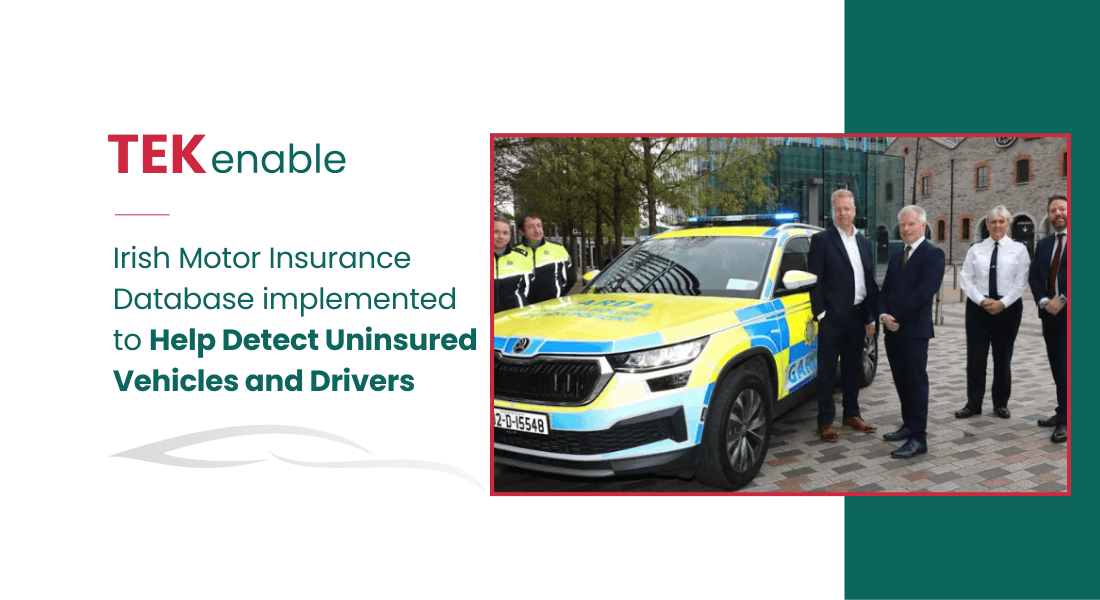TEKenable CTO Peter Rose was interviewed by Jason Walsh about healthcare innovation and the role of artificial intelligence and IoT. Interview content has been reproduced below.
Already a centre for pharmaceutical production and, increasingly, medical devices, Ireland is in the middle of a medical technology, or MedTech, revolution that will have benefits for the economy as much as patients. From patient monitoring to augmenting diagnoses, the medical field is set to benefit from a digital makeover that will change how patients interact with doctors, nurses and other practitioners.
“The medtech space is very much on the rise, and we’re working with the innovation team within the HSE,” said Peter Rose, founder of software developers TEKenable.
TEKenable works in areas including the internet of things (IoT) and artificial intelligence (AI), which are key to medtech: think connected devices reporting patient statistics and helping doctors make diagnoses. Among the company’s activities in the area is to ensure devices and software are compliant – an obviously important factor in healthcare.
TEKenable works in areas including the internet of things (IoT) and artificial intelligence (AI), which are key to medtech: think connected devices reporting patient statistics and helping doctors make diagnoses. Among the company’s activities in the area is to ensure devices and software are compliant – an obviously important factor in healthcare.
“We have a good strong offering in IoT. If you think about the elements you need in medtech, you need IoT, you need the software, and they have to be properly compliant with European medical device and US FDA [Food and Drug Administration] regulations on anything that approaches diagnoses,” Rose said.
Indeed, any device or software being put to use outside a testbed has to be certified, and for good reason: while devices are not diagnosing patients, the information given does influence diagnosis. “If the system tells you the patient has an 89 per cent probability of X, then you have already influenced the diagnosis. Now the clinician is looking for reasons they have it, not the working from a clean slate,” he said.
Augmenting Decision Making
While much has been made, in recent years, of the potential for machine diagnosis the reality is that, today, technologies such as artificial intelligence are there to augment professional decision-making, not replace them. Indeed, IBM’s Watson Health project was recently sold off to a private equity group. Nonetheless, the area is growing in importance. “Those sorts of recommendations come from AI, specifically deep learning,” Rose said. The key is that the inferences made by an AI must be presented in terms of probability rather than fact. Rose said that this was crucial, as AIs cannot be allowed to lead doctors.
“If you had a COPD patient who has a high respiration rate, you know. But you also get more complex issues like asthma, so how much of a nudge should that AI give to the doctor? How you represent that information is extremely important,” he said. As a result, compliance with medical device standard ISO 13485 is challenging for AI, Rose said. “You have to be able to prove it indisputably works, and with AI you can’t do that,” he said. One medical device manufacturer went with TEKenable to deal specifically with the issue.
“The medtech space is very much on the rise and we have a strong offering in IoT.“
Peter Rose, CTO TEKenable
“A start-up went with us because we understood that. You might give a percentage or a sliding scale, or sometimes you’d note the presence of specific indicators,” he said. “How do you build machine- learning models that know what is normal for one patient? You end up with a machine-learning model with every patient.” Rose said that TEKenable worked right across the medtech space and so can deliver services to a range of clients.
“We have the full end-to end partnerships with electronics manufacturers, so we not only implement the IoT sensors but design them, connect them up, feed them data in the cloud, do the analytics on it, and do the AI and deep learning models on it. That’s quite unique,” he said.
Indeed, TEKenable has a long-standing partnership with Arrow Electronics’ IoT team, and also partners with Vodafone on connectivity globally, including 5G networking, and the future looks very promising. Long-promised, fast, and lag-free, low latency connectivity is finally on the cusp of delivering interesting possibilities in telemedicine and robotics where a specialised surgeon can act from a distance. Right now, however, Rose said that one of the key benefits of medtech was in lowering healthcare costs to both individuals and society by reducing waste. Given the cost of healthcare continually rises, this will be widely welcomed.
“The health service has a limited budget and unlimited demand. All they can do is optimise their spend and that means as far as possible treating people outside of the hospital,” he said. Patients also benefit from this, not just their pockets, as monitoring patients’ statistics on an ongoing basis unlocks the potential to call in help when it is needed. Rose said that community-based at-home monitoring can call in intervention before it becomes a major problem, and clinic time can be used for people who do need an intervention. As a result, resources are not used up by looking at healthy people and, so, those in need can get access to the care they need. “It’s optimising healthcare, it’s optimising quality of life, and its optimising efficiency of spend. That’s the essence of medtech, IoT and AI,” he said.
This interview reproduced here was authored by Jason Walsh and first appeared in Business Post, on April 3rd 2022.





